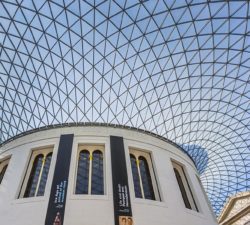Leaders from theaters, galleries and museums share the lessons learned from dealing with the unprecedented challenges of COVID-19. They tell how they mobilized digital innovation to keep the arts alive.
Cultural leaders faced an existential threat to their institutions during the COVID-19 crisis. They had to adapt quickly, making innovative use of digital technology, to surmount enormous difficulties. In two previous articles, they shared with us their experiences, the good and the bad, of leading in turbulent times.
In this third and final article, I asked them what lessons they had learned during the pandemic that they could use going forward. To ensure confidentiality, all quotes are anonymized.
As might be expected from this group of leaders of theaters, galleries and museums, they have all found creative possibilities in the darkness that could bring about significant change for their organizations, as long as the learning does not fade too quickly. These…


